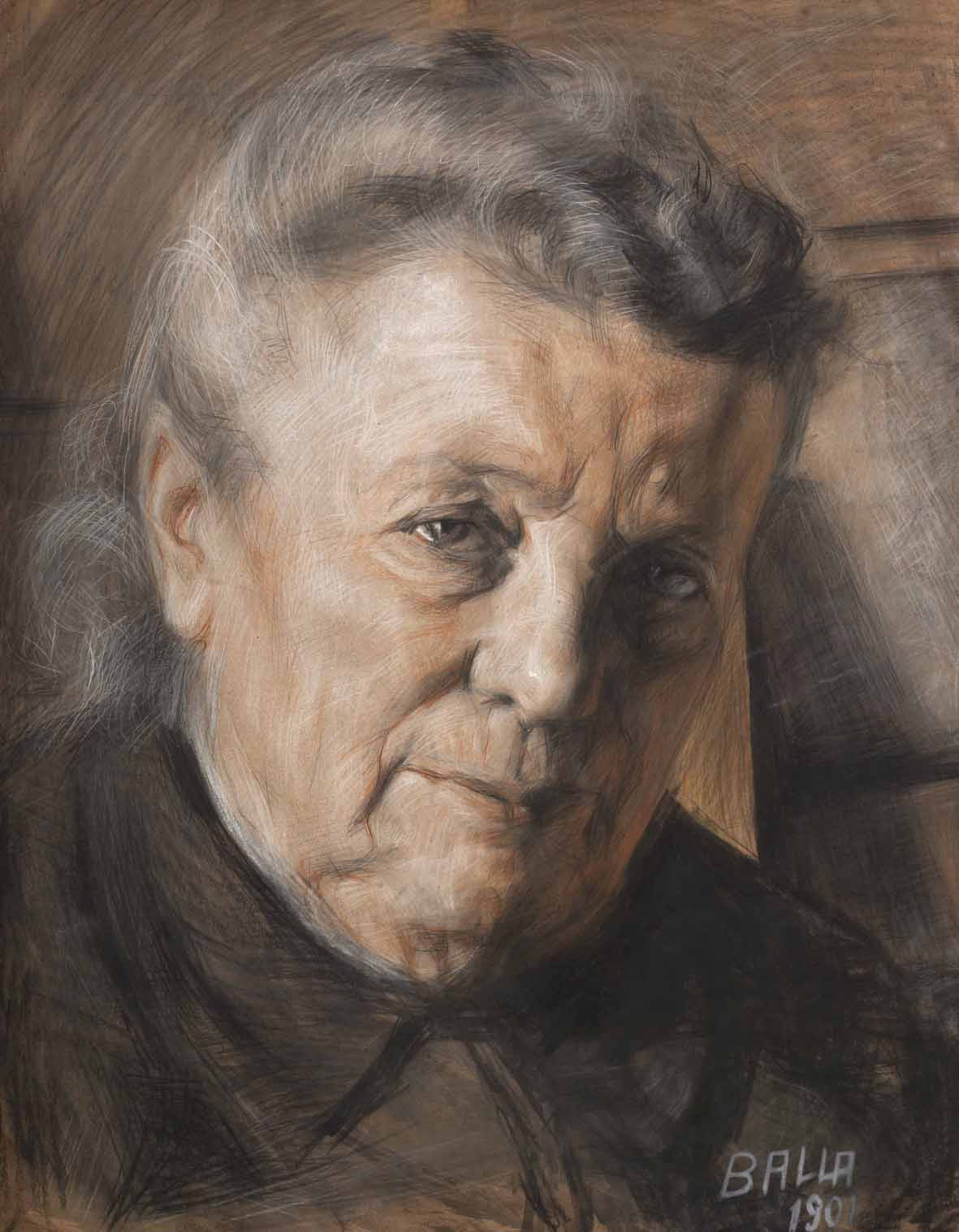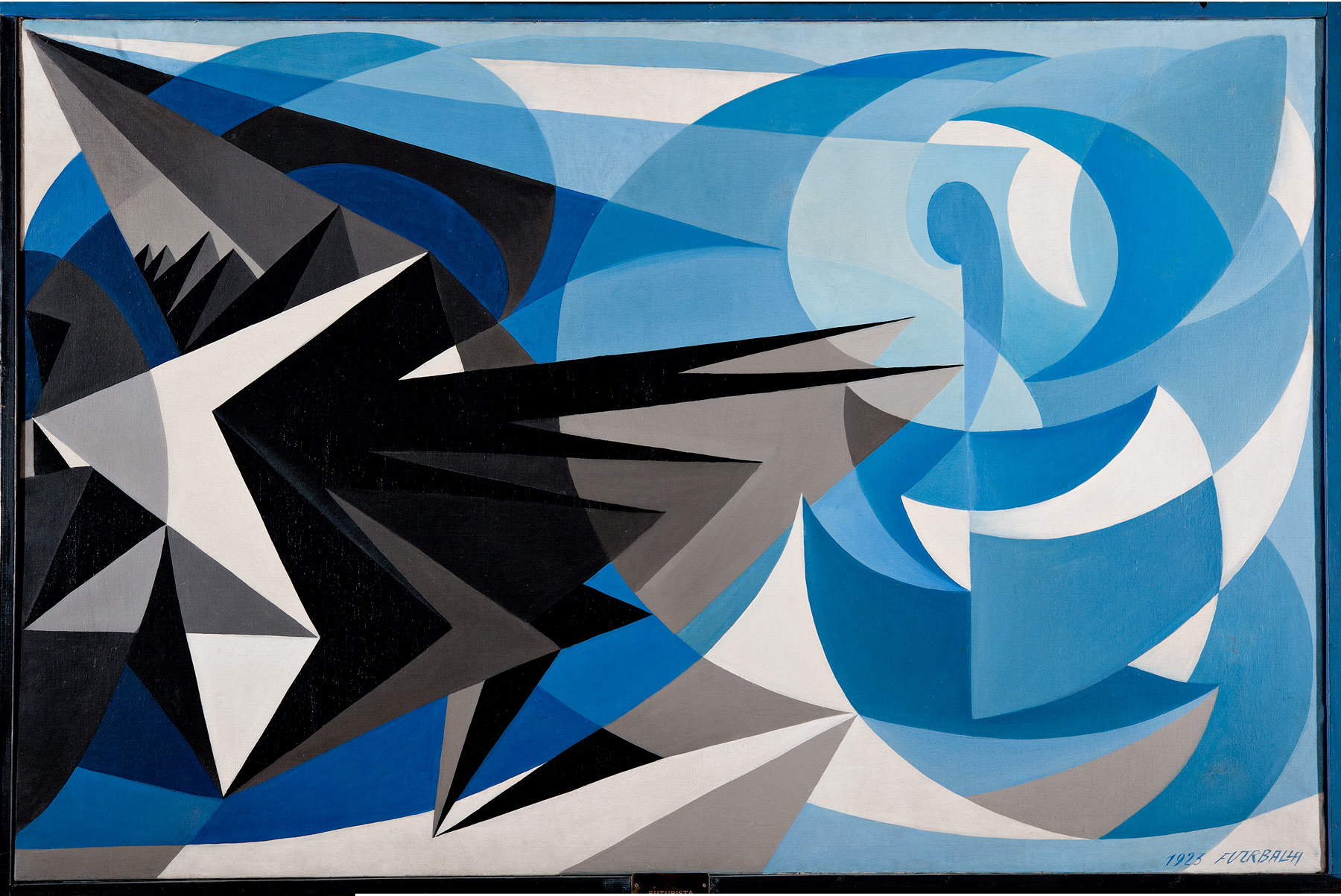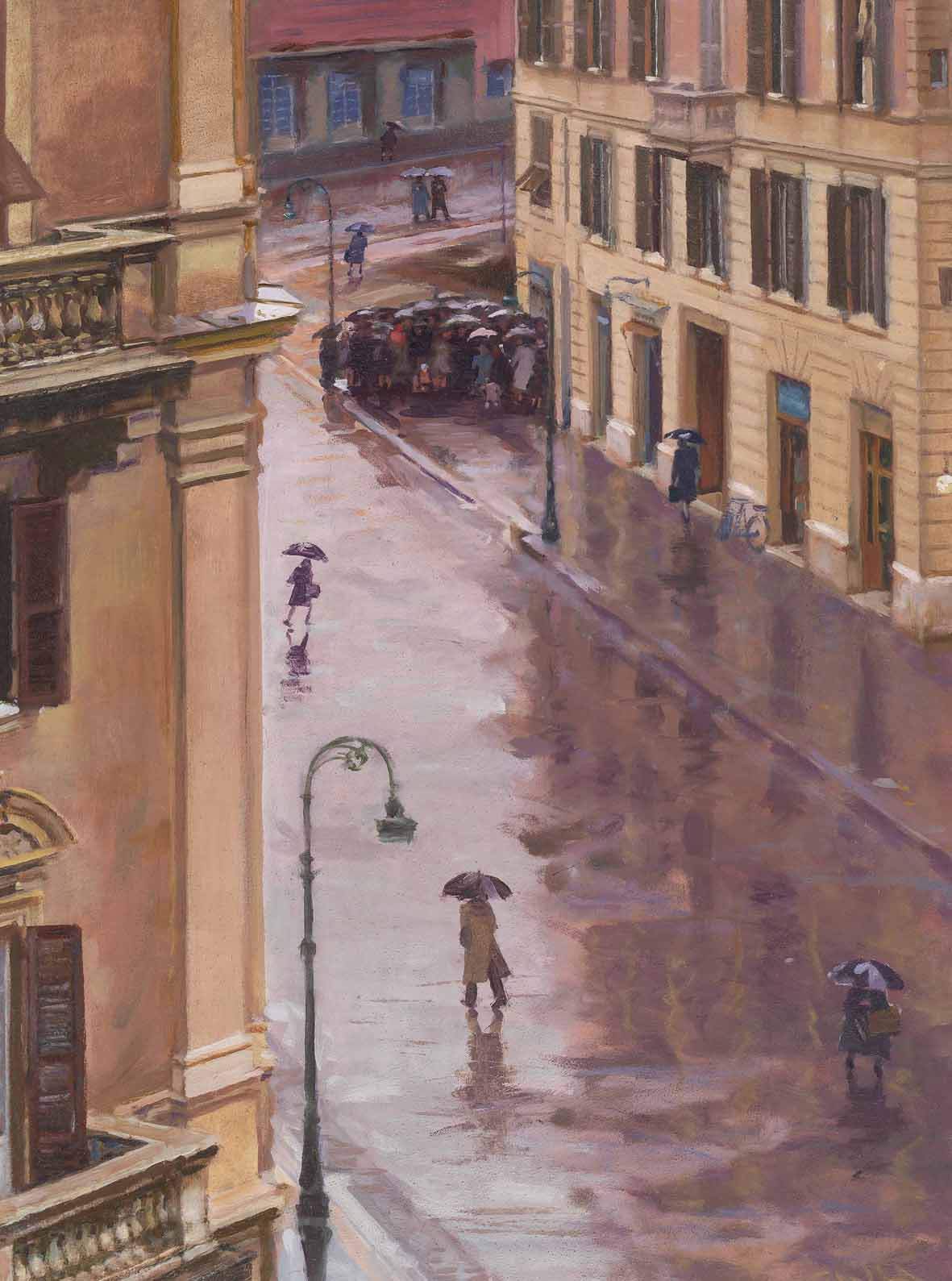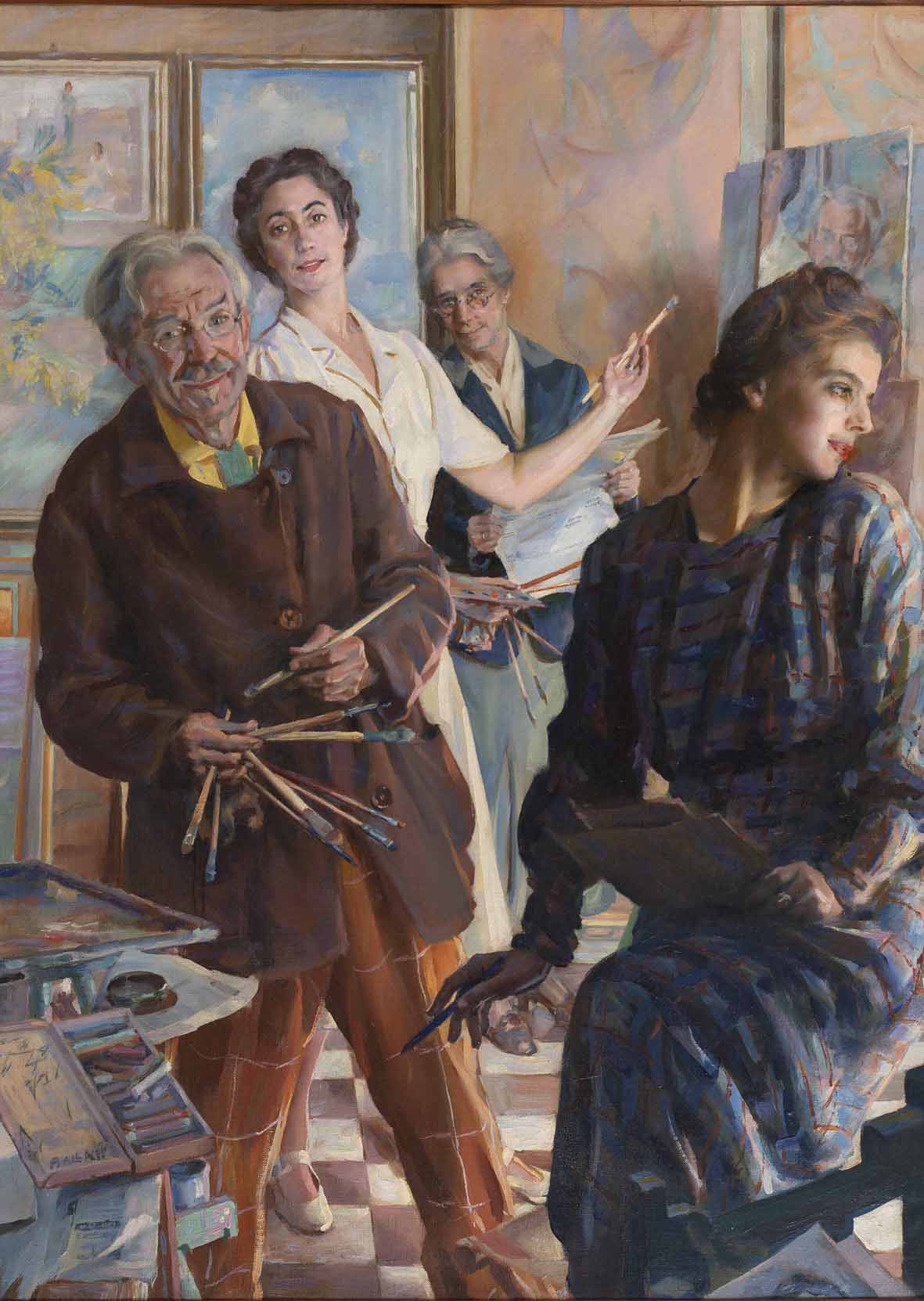More than sixty works by Giacomo Balla (Turin, 1871 - Rome, 1958) from the Galleria Nazionale d’Arte Moderna e Contemporanea in Rome are going on tour from October 10, 2025, to February 1, 2026, at the Palazzo del Governatore in Parma, which is hosting the exhibition Giacomo Balla, un universo di luce, a retrospective that will bring together for the first time outside the Roman venue the artist’s entire collection held by the capital’s museum, building an integral path through the Turin painter’s evolution, from the Divisionist season to the radical Futurist experience and the figurative achievements of the 1940s.
The exhibition is the result of a collaboration between the City of Parma and the Galleria Nazionale, curated by Cesare Biasini Selvaggi and Renata Cristina Mazzantini, assisted by Elena Gigli. Fondazione Cariparma and Regione Emilia-Romagna are contributing to support the initiative, while Solares Fondazione delle Arti is participating in the organization. The exhibition will be enriched by the outcomes of recent studies on the collection and an extensive photographic, biographical and historical apparatus from the Gigli Archive.
Giacomo Balla (Turin 1871 - Rome 1958), who liked to call himself “the Leonardo da Vinci of the 20th century,” has been recognized since the early 20th century as a “painter of light.” Indeed, light was constantly at the center of his research, understood both as subject and object of investigation, in a seamless pursuit that spanned his entire career.




The main core of the collection comes from the generous donation of the artist’s daughters, Elica and Luce Balla. Added to this is the selection made, with the indication of Luce herself, by Maurizio Fagiolo dell’Arco, a great scholar of Balla’s work, with the collaboration of Elena Gigli. Thanks to these bequests and subsequent acquisitions, the National Gallery now holds the richest public collection dedicated to the painter.
In Parma, the itinerary will be divided into thirteen rooms according to a thematic and chronological order. It will start from the first realist and divisionist tests, also linked to the relationship with the Turin environment and with personalities such as the anthropologist Cesare Lombroso, to the Futurist season, when Balla signed with Marinetti, Boccioni, Carrà and Russolo the manifestos that defined the poetics of the movement. After 1930, finally, the artist landed on a new figuration, less known but now the subject of renewed critical interest.
Opening the itinerary will be Nello specchio (1901-1902), a large painting depicting his sculptor friend Giovanni Prini with his wife, writer Max Vanzi and Balla himself. The work so impressed Giacomo Puccini that the composer wanted to purchase it, calling it “my Bohème.” The artist preferred that it be destined for the state, and so it entered the collections of the National Gallery.
Among the most significant nuclei is the Dei viventi cycle, a series of canvases dedicated to the outcasts of modern society, revealed in 1968 by Fagiolo dell’Arco thanks to an autograph note. Of the original fifteen works, only four remain today: The Madwoman, The Sick (also known as First Electric Cures), The Peasant and The Beggar. Balla wanted them to be presented as a polyptych, a succession that will also be respected in Parma. In particular The Madwoman, painted on the terrace of the house-studio at Parioli, renders the drama of mental illness with a pitiless gaze.
The relationship between preparatory drawings and paintings, which is essential in the artist’s production, will be highlighted throughout the exhibition. One example is the study for Fallimento (1902), which Crispolti recognized as a surprising anticipation of Dubuffet’s graphic research. From the Futurist period stand out the sketches for The Rhythms of the Bow (1912), made in Düsseldorf, and the iris studies later known as Iridescent Compenetrations, considered among the highest expressions of geometric abstraction in Europe. “Balla wants to render the substance of an evanescent phenomenon like the rainbow, which is a symbol of light,” wrote Fagiolo dell’Arco.
From the dynamism of Flight of Swallows to Dynamic Expansion + Speed No. 9 (1913), the exhibition highlights the elaboration of the “lines of speed,” which Balla considered the foundation of his own artistic thought. Also returning to view after more than fifty years is the drawing Speed Line + Space (c. 1913), evidence of Balla’s incessant research into the representation of movement.
An entire section will be devoted to the Interventionist Demonstrations of 1915, in which the Futurists supported Italy’s entry into the conflict. Among the works, Forme-volume of the cry Viva l’Italia will be flanked by the results of radiographic investigations conducted by Stefano Ridolfi: behind the horizontal composition emerges the vertical figure of a woman, traceable to a portrait of his wife Elisa.
The concluding rooms trace the artist’s last figurative phase, developed from the 1930s onward and still little known to the general public. Recently studied by Fabio Benzi, this production draws on the imagery of fashion photography, cinema and news reports of the time, without abandoning the constant fascination with nature. One example is La fila per l’agnello (called abbacchio in Rome), painted in 1942 from the balcony of the Roman house, which depicts the lines for food during the war with an unprecedented, almost photographic perspective.
 |
| The Giacomo Balla collection of the GNAM in Rome on its way to Parma for an exhibition |
Warning: the translation into English of the original Italian article was created using automatic tools. We undertake to review all articles, but we do not guarantee the total absence of inaccuracies in the translation due to the program. You can find the original by clicking on the ITA button. If you find any mistake,please contact us.